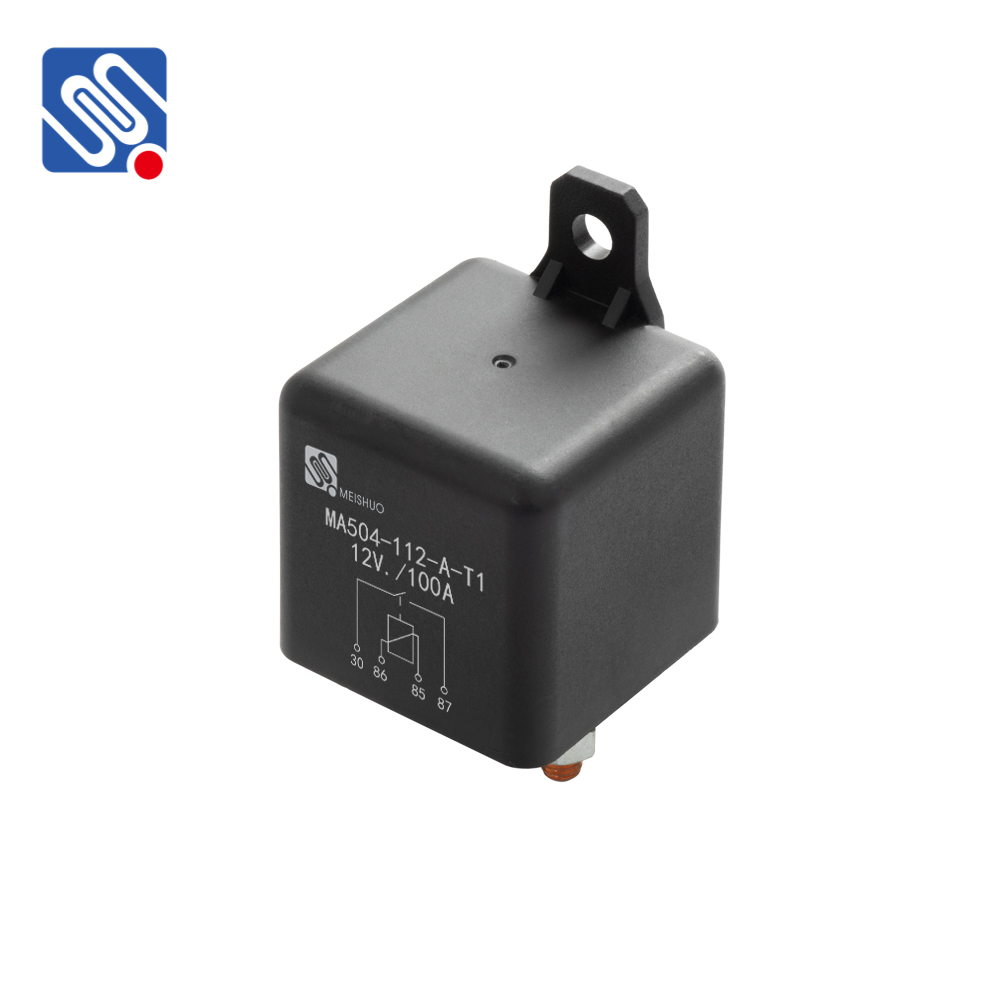Relay load is a fundamental concept in electrical engineering, particularly in automation and control systems. It refers to the amount of electrical load that a relay can safely control and manage. A relay, which is essentially an electrically operated switch, plays a pivotal role in controlling high-power electrical devices using low-power signals. Understanding the relationship between relays and their load capabilities is crucial for ensuring the safety, reliability, and efficiency of electrical systems.

What is a Relay? At its core, a relay is a device that opens or closes a circuit in response to an electrical signal. This process allows a low-power control circuit to control a high-power load. Relays are commonly used in systems such as motor control, light automation, and protective circuits. They are particularly advantageous in situations where direct manual control is impractical or impossible. Relays consist of an electromagnet, a set of contacts, and a spring. When an electric current flows through the electromagnet, it generates a magnetic field that attracts or repels the contacts, causing the circuit to open or close. This process enables the relay to control the flow of electricity to the load.